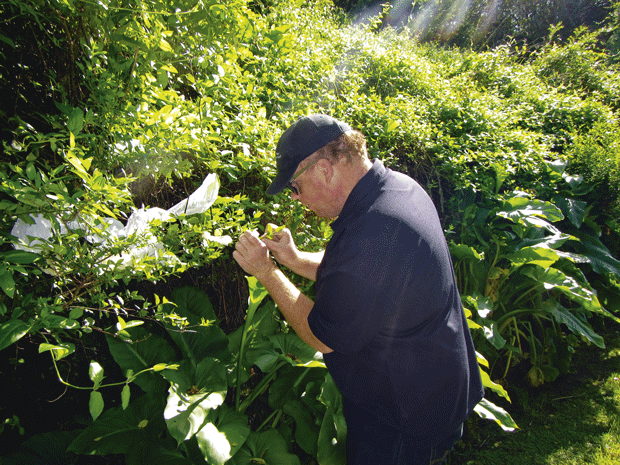5 common plants causing your hayfever

Spring might be over, but there is plenty of pollen still in the air. Listed below are a few of the potential culprits, and it’s probably not what you might think.
Last year a clever little bug was released into stands of Chinese privet around the Waikato and Bay of Plenty. It’s only millimetres long but in its native China, the privet lace bug feeds on privet, piercing and sucking on its leaves, causing extensive dieback in the branch tips and eventually death to the tree. It’s hoped it will do the same thing here, although it will be a couple of years before scientists know how it will cope with NZ conditions.
If it does cause a dieback of privet, it will be a huge relief to hayfever sufferers, but possibly not as much of a relief as you might think.
Recent studies by the Auckland Allergy Clinic have found that pollen from other common farm plants can be far greater contributors to allergy problems. Another study that explored offensive or irritating scents found that there was little difference between privet and other scents, including jasmine, lavender and honeysuckle, and many people couldn’t tell the difference so while the scent of privet flowers may be overwhelming, it’s likely it’s other plants in your surroundings that are causing your actual hayfever symptoms.
“Early spring symptoms point to tree pollen, while nasal allergy in late spring and summer indicates that grass and weed pollens are the culprits. And overlapping the grass season is the weed pollen season, which usually starts in late spring and extends through to the end of summer.”
Source: www.allergy.org.nz/site/allergynz/files/Annual%20Pollen%20Calendar.pdf
The biggest culprits are plants which are wind-pollinated, including:
• plantain
• ryegrass
• dock
• fathen
• tall fescue
The other big culprit is mould spores which sit at soil level and are then thrown around during and after mowing the lawn.
Love this story? Subscribe now!
 This article first appeared in NZ Lifestyle Block Magazine.
This article first appeared in NZ Lifestyle Block Magazine.
